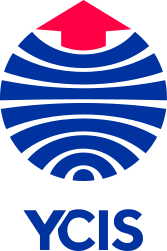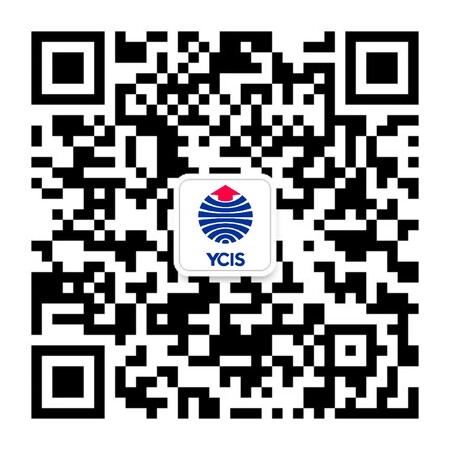Go Back
News
News
YCIS Beijing’s Learning Communities – Innovative Space to Accommodate 21st Century Learning
News
09 Jan, 2017
10 : 00
While schools across the country continue to utilize enclosed classrooms and solo-teaching classroom models, a very different kind of learning space has taken shape at the Yew Chung International School of Beijing (YCIS Beijing). Created by award-winning education space design architects from Fielding Nair International (FNI), our new learning spaces are designed to facilitate interactive learning, inculcate a wide variety of “soft skills” in students, and support the unique YCIS Beijing model of co-teaching. They promise to match facility with school philosophy more perfectly than ever before.
We interviewed James Seaman (pictured right), FNI Principal & Michigan Studio Director and Master Planner for Yew Chung International Schools throughout China, during his most recent visit. He shared with us the key elements of the new learning communities and the impact they will have on learning.
Please introduce the FNI Learning Community model and its key concepts.
The key concept behind the learning community is in its name: community. What the space is really about is creating a community for learners and teachers that allows them to come together. We do that in two primary ways: flexibility and variety. We create spaces that are flexible enough to allow for a lot of different modes of learning to take place simultaneously as well as a variety of spaces for that learning to occur. This really differs from the traditional classroom model.
What are the key elements/changes (to a traditional environment) that help create a successful environment for learning?
As mentioned, flexibility and variety are the two key elements we try to emphasize. If you take a look at a traditional model, it’s really just a carbon copy of the same kinds of spaces over and over: the same size of space lined along a corridor. With that kind of structure, you don’t really have a lot of variety; learners don’t have the opportunity to really engage in a lot of activities. With 21st century learning, different modes of learning are available: you have collaboration, traditional direct instruction, project based learning, and a whole lot of different activities that can take place. The biggest difference with the overall space is you have a variety of spaces: small rooms, medium rooms, big rooms, open spaces, and lots of flexibility and ease of movement for teachers and students between them. You may start out with a learning activity in a classroom, then have students break out into a common area where they can work in small groups, individually, or a variety of other different modes within that space.
How does the Learning Community enhance Student-Centered Learning?
The idea behind student-centered learning is that the student is driving their own learning. When you have classes of many students, every student is engaged in their own activities; students all learn in different ways. It’s very important to provide a space that allows for those different activities to take place simultaneously. Contrasting that with a traditional classroom, students all conducting their own activities creates a very hectic and noisy environment. This kind of learning requires the ability for students to flow out into different areas; maybe one student is in a classroom, one is with a teacher, other students break out into a common area to work in groups with their peers or individually; what’s important is they’re in charge of how they learn best and the learning community allows them to find the appropriate space to do that.
How does the Learning Community support collaboration?
Having that variety of spaces is really key to this. It allows students to collaborate in open spaces; you can also have small group rooms to have students come together and have acoustical privacy (and no distractions). It also allows for informal collaboration. For instance, in a common area, a student may be working on an individual project when another student walks by who may be interested in what they’re working on, and makes connections from what they themselves are doing to what their peer is doing, which then allows them to start to work together. Student work is visible to all, which allows students to learn from their peers and collaborate with one another.
How does the Learning Community support creativity?
Students require large spaces to work on projects, to do and build things, and to work with their hands. In the learning community, we’ve created a maker space that allows these things to happen. The flooring is hard surface flooring and there’s a sink that allows for those wet, messy projects that students love to create. The setting is also important: the space lets in a lot of natural light, which helps to inspire the students to be more creative.
How does the culture of the school change as a result of the learning spaces?
The culture changes quite a bit! One major change we see is how teachers work with each other. In the traditional setting, teachers are isolated from their peers; they may interact in a teacher lounge, but most of the time they’re teaching in their individual classrooms. The culture now really changes in that they’re willing collaborators. The students pick up on this collaboration, allowing them to emulate how their teachers behave. The culture really changes to a real and larger community with people behaving in a similarly communal fashion.









